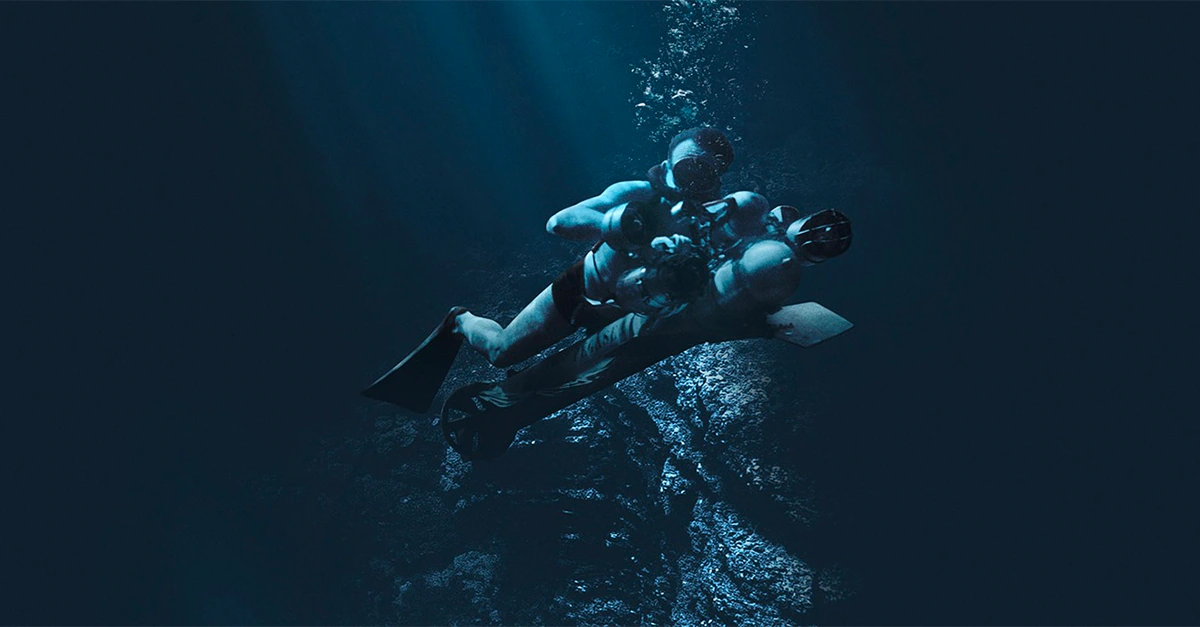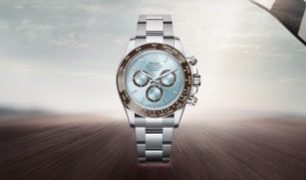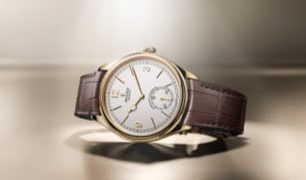Source: Images and content by Rolex. See the original article here - https://newsroom.rolex.com/watches/new-watches-2020/submariner/waterproofness

A WATCH FOR SEA DWELLERS
During the 1960s, techniques were developed that made extended dives possible at ever greater depths. One of these new methods, designed for divers working on undersea infrastructures, for example, was “saturation” diving. A special mix of breathing gases with a high helium content makes it possible for divers to stay under the sea for periods of several days or even weeks, and avoid the toxic effects on the human body of pressure at great depths. It also involves keeping the divers in an environment with a pressure equivalent to that of the water at their working depth. To do this, the divers stay for several days or weeks at a time in a pressurized habitat – a hyperbaric chamber – which they leave only to carry out their dives. It also means that they need only undergo a single decompression process at the very end of the mission. Depending on the time spent underwater and the working depth, decompression can take anywhere up to several days.
In the hyperbaric chambers, the watches worn by the divers gradually fill with helium, a gas with atoms so tiny they can penetrate the waterproof seals. During decompression, this helium remains trapped in the watch case with the attendant risk of creating a pressure differential in relation to the chamber. The gas in the watch case is unable to escape as quickly as the external pressure is dropping, which can damage the watch or force the crystal out of the case. In 1967, Rolex patented the helium escape valve, a safety release valve that activates automatically when the pressure inside the case is too high, allowing the surplus gas to escape.
That same year, Rolex launched the Sea-Dweller, a divers’ watch guaranteed waterproof to 610 metres (2,000 feet), and to 1,220 metres (4,000 feet) in 1978. Equipped with a helium escape valve, it was the ideal tool for saturation divers, the explorers and pioneers of the deep sea. As a natural progression, the brand partnered with the underwater habitat project Tektite in 1969 for which four aquanauts spent 58 days below the surface. They were equipped with Rolex watches. The following year as part of Tektite II, Sylvia Earle led an all-female mission. The marine biologist – a Rolex Testimonee since 1982 and National Geographic Society Explorer-in-Residence from 1999 – wore a Rolex watch during the two weeks spent working in a sub-aquatic habitat.
In 1967, Rolex began a partnership with HYCO (International Hydrodynamics Company), a Canadian firm specializing in the development of submarines. Rolex Sea-Dweller watches were attached to the outside of HYCO submersibles on various missions. After one dive of around four hours at a depth of 411 metres (1,350 feet), HYCO sent Rolex its conclusions regarding the Sea-Dweller’s performance: “During all the phases of testing the watch performed beautifully.”
In 1971, Rolex formalized its partnership with COMEX (Compagnie Maritime d’Expertises). This French marine-engineering firm based in Marseilles agreed to equip its divers with Rolex watches and report back regularly on the watches’ performance so the brand could further enhance their reliability and functionality. In parallel to its offshore interventions, COMEX also conducted tests in view of developing new technologies to assist its operations. Among these were hyperbaric chambers that reproduced the pressure exerted at depth and posed great difficulties for divers and equipment. In 1988, COMEX organized the Hydra VIII expedition, during which six saturation divers descended to 534 metres (1,752 feet), setting a world depth record for open-sea diving that still stands today. All were equipped with Sea-Dweller watches. A few years later, in 1992, for the Hydra X experiment, a COMEX diver reached a simulated depth of 701 metres (2,300 feet) in a hyperbaric chamber. For the 43 days of his mission he was wearing a Sea-Dweller watch.







